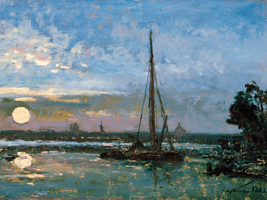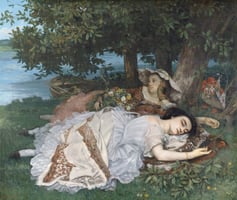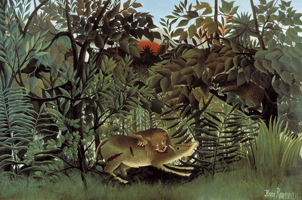The 19th century was a time of great artistic expression and development, with many of the world’s...
Post-Impressionism: Breaking the Mould of 19th Century Artistic Norms
Postimpressionism is an art movement that began in the late 19th century and lasted until the early 20th century. It was an art movement that sought to challenge the traditional rules of painting, and to express the artist's individual emotions and experiences. Postimpressionist artists used intense colors, bold lines, and unique shapes to convey their unique perspectives.
Postimpressionism was a reaction against the Impressionist movement, which focused on the effects of light and color. Postimpressionists sought to push painting to a new level, by expressing their emotions more deeply and abstractly.
The main Postimpressionist artists include Paul Cezanne, Vincent Van Gogh, Paul Gauguin, Georges Seurat, and Henri Rousseau. Each of these artists had a unique style, and their work had a strong influence on 20th-century art.
Cezanne focused on creating a sense of depth in his paintings by using a combination of dark and light colors. He also used a blocky, geometric style to convey his emotions. Van Gogh was known for his intense use of vivid colors, bold brushstrokes, and expressive lines. Gauguin's works often featured exotic scenes with bright, saturated colors. Seurat was known for his pointillist style, which used tiny dots of color to create an overall image. Rousseau's paintings were characterized by vivid colors, a primitive style, and a dreamy, childlike quality.
Postimpressionist art is often considered to be the beginning of modern art. It provided a stepping stone for later movements such as Cubism, Expressionism, and Surrealism. Postimpressionist art still resonates today, as its vivid colors, bold lines, and unique perspectives continue to be admired and appreciated.




